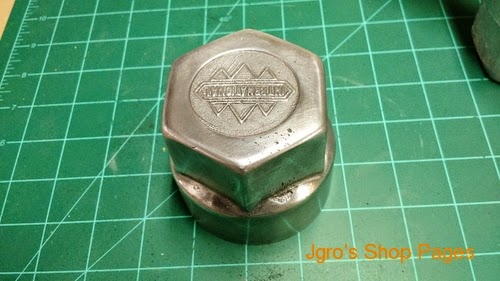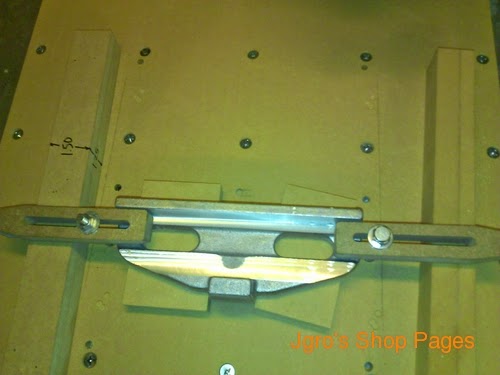Here is the casting along with some other parts that I made that day.
The casting got machined up on my CNC (sorry, forgot to take pictures). The next step was to attach the Vertical Slide Way and attach it to the sides.
 |
| Locating the ways |
 |
| Screws added |
Setting up to attach the sides to the Column Front.
After the Column Front was attached, I made the top rear spreader and installed it and added the spreader bolt on the bottom.
I then took the assembly to where I work and mounted it on a mill and milled the top of the assembly to make both sides level and then milled the shelves that the ram ways will slide on.

















































